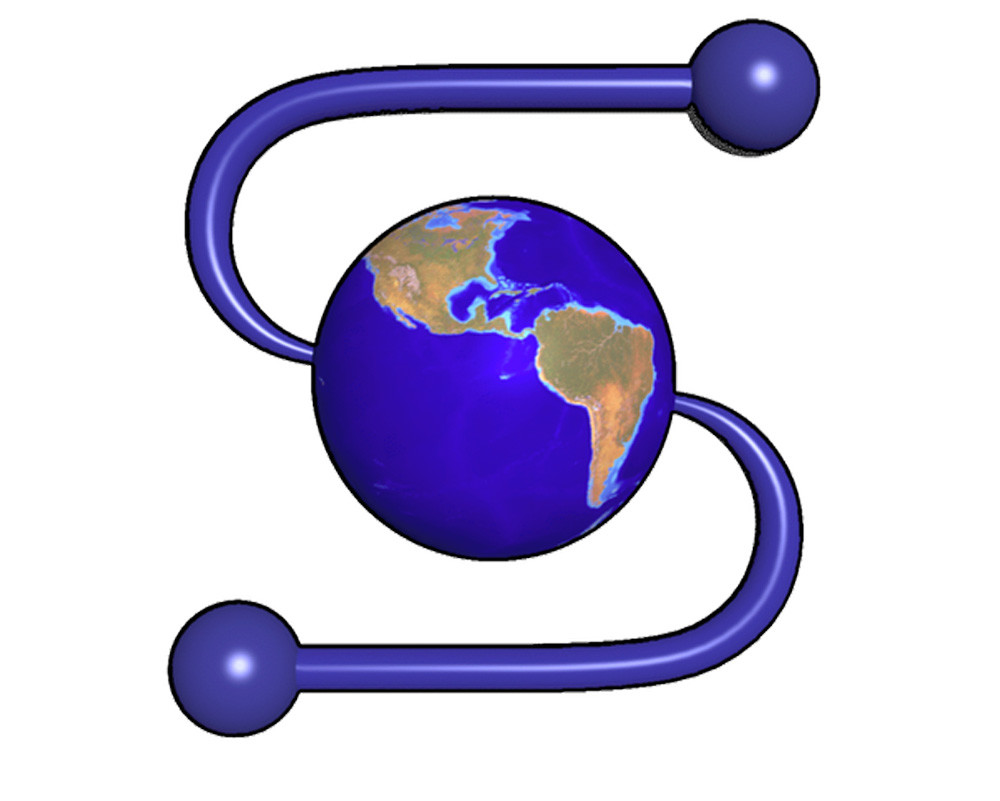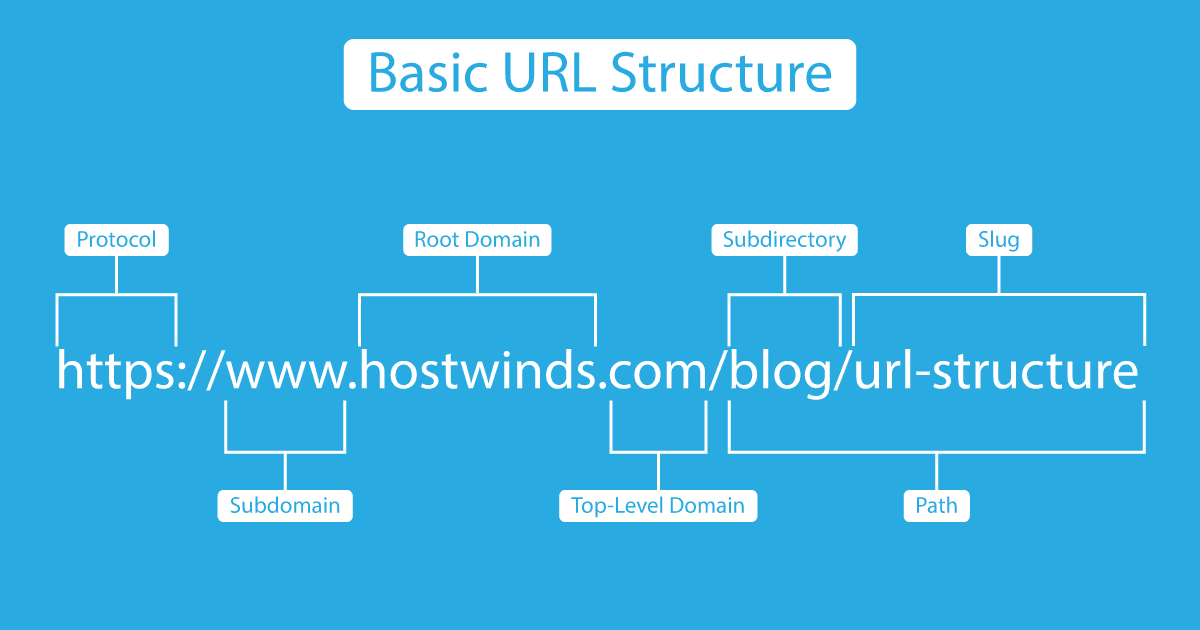Browser
What’s a browser?
The birth of the browsers
1990
Tim Berners-Lee creed the first graphical interface that called WoldWideWeb, in the CERN (European organization for nuclear research), this web proportioned an easy interface that use.
1993
The NCSA (National Centre for Supercomputing Applications) at the University of Illinois, creed the first graphical browser "Mosaic" that demonstrated the use of multimedia (images) on the web.
Examples of browsers web
- Google Chrome
- Microsoft Edge
- Apple Safari
- Firefox
- Opera
IP address
What’s IP address?
According to Tech-FAQ, (n.d) the IP address is “A unique address that
different computers on a computer network use to identify and communicate with
one another”.
The IP address has two versions IPv4 (internet protocol version 4) and
IPv6 (internet protocol version 6).
In summary the IP address is a computer direction, and all computer has
a different address, the IP address be formed from host (H) and red (R).
The IP Address have different range class, that depend on type of IP
(public or private).
The range class of a private IP are:
- Class A: 10.0.0.0 to
10.255.255.255
- R.H.H.H
- Example: 10.10.10.10
- Class B: 172.16.0.0 to
172.31.255.255
- R.R.H.H
- Example: 172.66.43.12
- Class C: 192.168.0.0 to
192.168.255.255
- R.R.R.H
- Example: 192.168.1.1
And the range class of public IP are:
- Class A: 1.0.0.0 to
127.0.0.0
- R.H.H.H
- Example: 36.12.85.4
- Class B:128.0.0.0 to
191.255.0.0
- R.R.H.H
- Example: 150.172.238.5
- Class C:192.0.0.0 to
223.255.255.0
- R.R.R.H
- Example: 200.54.120.20
The networks never be changeable for opposite the hosts always will be
changeable but not can exceed the range. There are
also other classes, as D or E, but they are not most uses.
Domain Name System (DNS)
What’s DNS?
According toAttached the video that explains how function the DNS?
Domain
|
Domain extension |
Uses |
|
.org |
For organizations |
|
.com |
Commercial web site |
|
.net |
Network, technology and online
service |
|
.de |
Specific of Germany |
|
.edu |
Educational institutions |
Firewall
What’s a firewall?
According to CISCO the firewall is:
A firewall
is a network security device that separates a trusted
internal network from an external network deemed untrustworthy, such as the
internet. It regulates incoming and outgoing network traffic based on preset
security rules. Firewalls are paramount in shielding networks from unauthorized
access, harmful activities, and potential threats, and can exist as hardware,
software, software-as-a-service (SaaS), or public or private (virtual) cloud
The firewall has difference types, some types
are:
- · Proxy firewall
Based on info of CISCO
the proxy firewall is:
A proxy firewall is an early type of firewall
device, serving as the gateway from one network to another for a specific
application. Proxy servers can provide additional functionality, such as
content caching and security, by preventing direct connections from outside the
network. However, this also may impact throughput capabilities and the
applications they can support.
Hosting
Attached the video that explains What’s a
hosting?
Html
Html are
the acronyms of HyperText Markup Language, it's a programmer language used in
the development of Web pages, and which serves as a reference standard for
their coding and structuring, it was creed in 1991 written by Tim Berners-Lee
(TBL)
How does html work?
According to the website Concepto (n.d) "The html language operates based on written markers (which appear in angular quotation marks: <html>), from which the appearance and internal order of a web page is encrypted, as well as the scripts or routines that operate within them.
Http
What’s the http?
Cited from the
Encyclopedia Concept the http is:
Http (HyperText Transfer Protocol) is the information transmission protocol of the World Wide Web, that is, the code that is established so that the computer The applicant and the person containing the requested information can "speak" the same language when transmitting information through the net.
Http has a variant; it's https or HyperText Transfer Procotol Secure,
https is a version safe of the http, this version is based on the creation of
an encrypted channel for the transmission of information.
What is a router?
According to CISCO (n.d), the router is:
A router receives and sends data on computer networks. Routers are sometimes confused with network hubs, modems, or network switches. However, routers can combine the functions of these components and connect with these components to improve Internet access or help create business networks.
Types of routers
- Main router: The primary routers are typically used by service providers or cloud providers. They provide maximum bandwidth for connecting additional routers or switches.
- Edge router: Is the network's outermost connection point to external networks, including the Internet.
- Distribution Router: According to CISCO is "A distribution router or indoor router receives data from the edge router using a wired connection and sends it to end users, usually over Wi-Fi, although the router also typically includes physical connections (Ethernet) to connect additional users or routers."
- Wireless Router: Combine the functions of edge routers and distribution routers. These routers are common in-home networks and for internet access.
- Virtual router: According to CISCO is:Virtual routers are software programs that allow you to virtualize some functions of the router in the cloud to provide them as a service. These routers are ideal for large enterprises with complex network needs. They offer flexibility, simple scalability, and lower cost of entry. Another advantage of virtual routers is the reduced burden of managing local network hardware.
LAN (Local area network)
MAN (Metropolitan area network)
WAN (Wide area network)
Website
Streaming
According to AVG the streaming is "Streaming means sending and receiving data in a continuous flow over a computer network, from a remote server to your device. Online streaming allows content playback to begin even while the rest of the data is still being sent to your device".
SSL AND TLS
URL
- https://www.lucushost.com
- https://es.wikipedia.org
- https://www.zara.com/es/es/search/home
- https://www.samsung.com/es/shop-faq/samsung-account/what-is-a-samsung-account/
VPN
DHCP
DHCP helps enterprises to smoothly manage the allocation of IP addresses to the end-user clients’ devices such as desktops, laptops, cellphones, etc. is an application layer protocol that is used to provide:Subnet Mask (Option 1 - e.g., 255.255.255.0)Router Address (Option 3 - e.g., 192.168.1.1)DNS Address (Option 6 - e.g., 8.8.8.8)Vendor Class Identifier (Option 43 - e.g.,'unifi' = 192.168.1.9 ##where unifi = controller)
The components of DHCP are:
- DHCP server: It's a server that holds IP Addresses and the configuration's information.
- DHCP client: It receives configuration information from the server.
- DHCP Relay: it's a channel between DHCP Client and Server.
- IP Adrees Pool: It's the pool or container of IP Addresses possessed by the DHCP Server.
- And others.
Ethernet
ISP
WIFI
Wi-Fi is a wireless communication technology that allows devices to connect to a network without the need for cables. It uses radio waves to transmit data and is based on the IEEE 802.11 standard. It is widely used in homes, offices, and public places.
Shipping Protocol:
Access Point:
Access Point (Wireless Access Point):
An Access Point (AP) is a specialized hardware device used in wireless networking that enables Wi-Fi-capable device. It serves as a bridge between wireless clients and the wired network infrastructure, transmitting and receiving data using radio frequency signals.




.png)






0 Comments